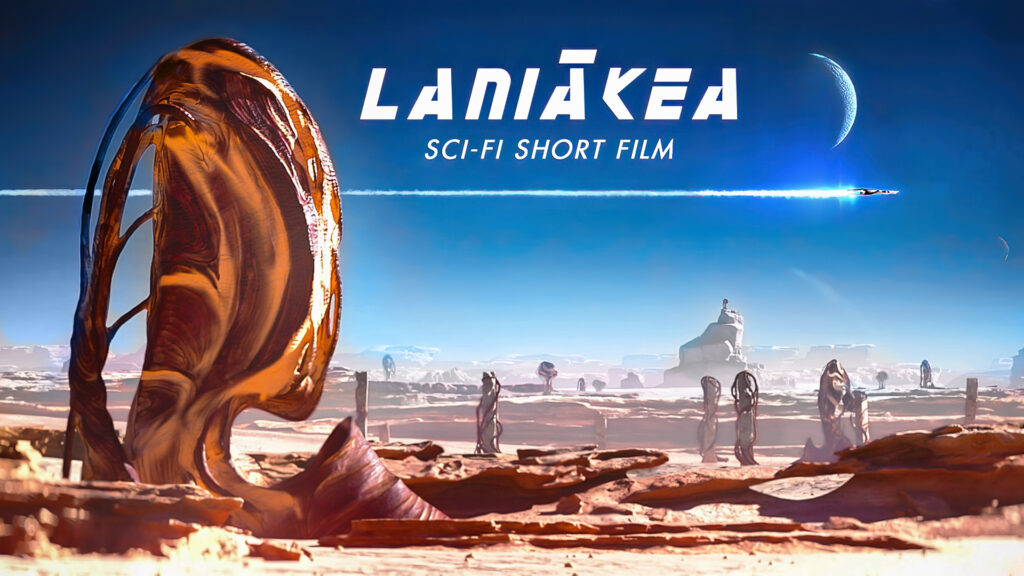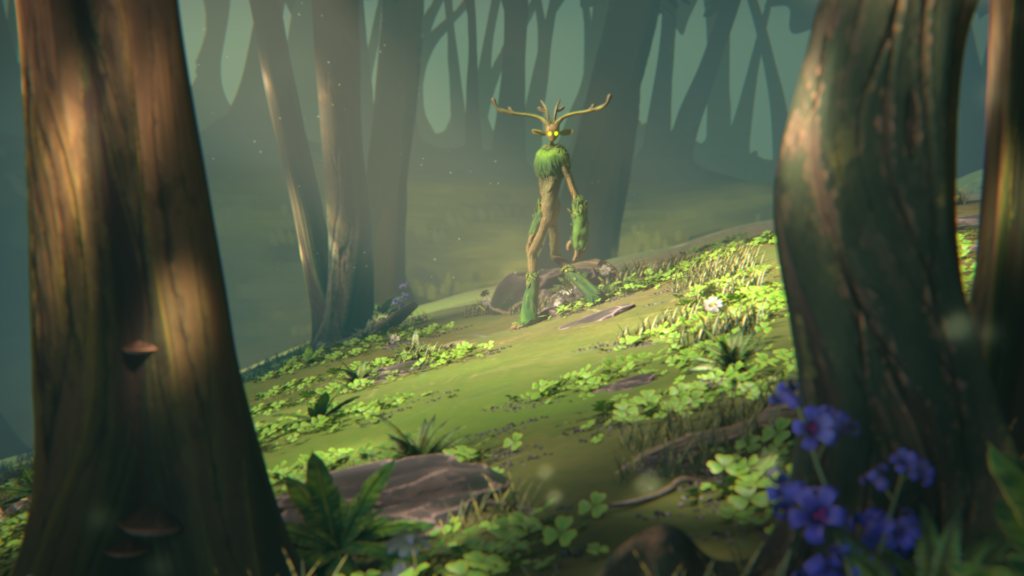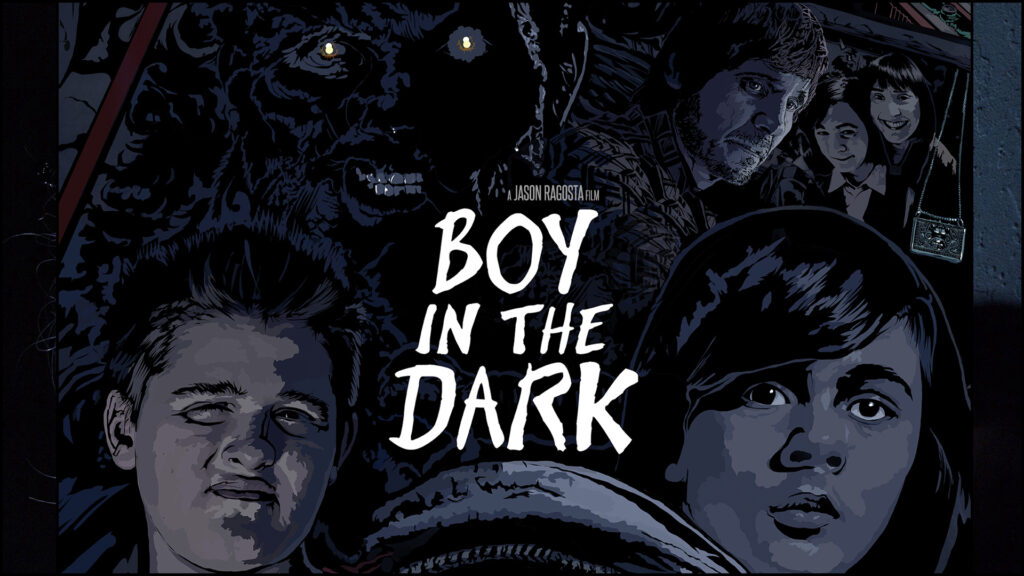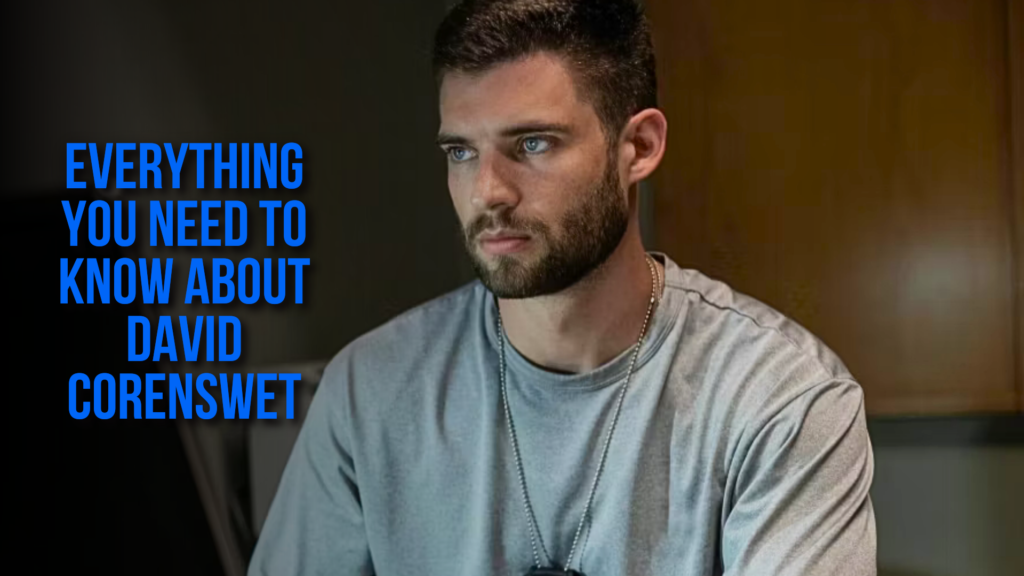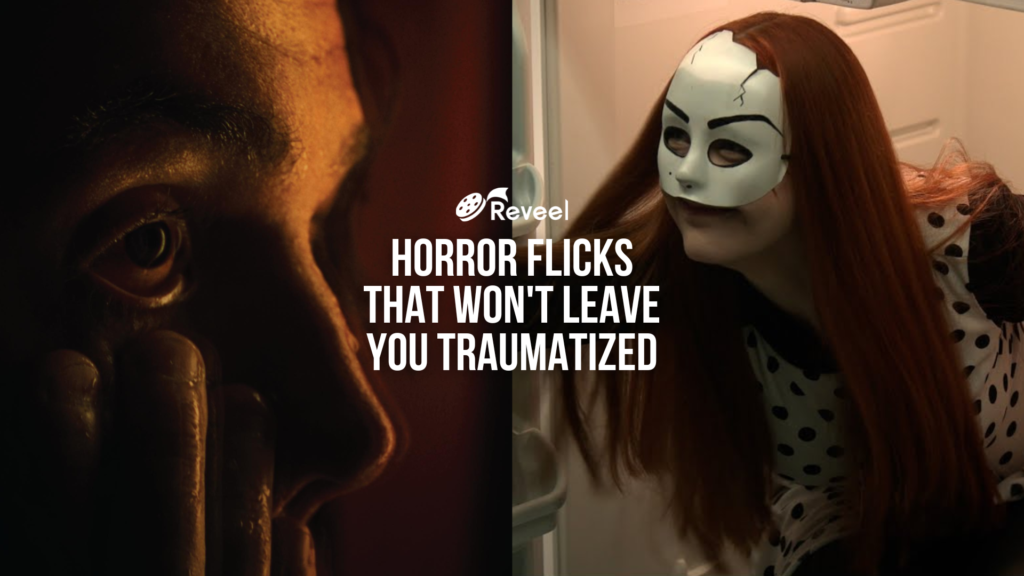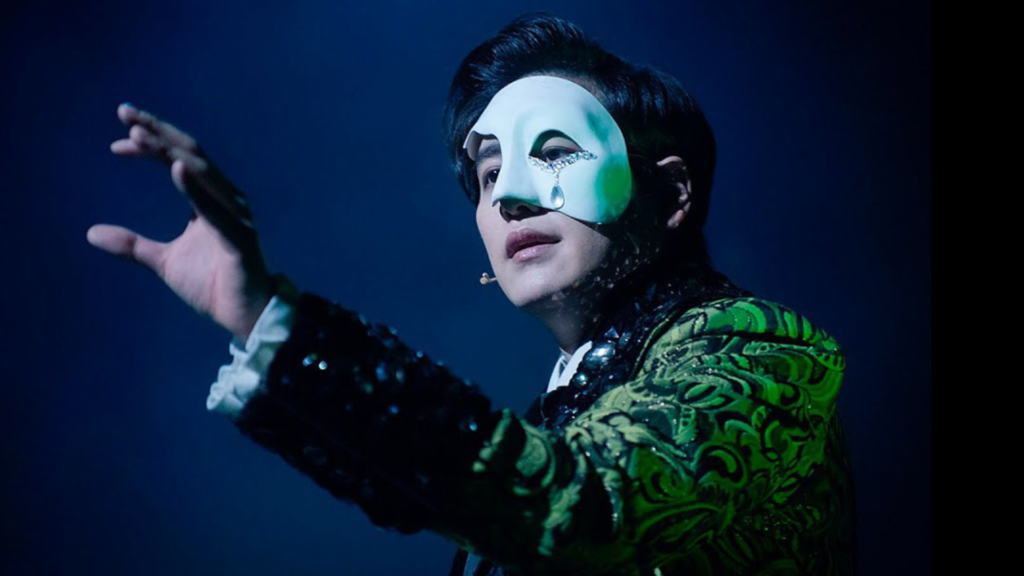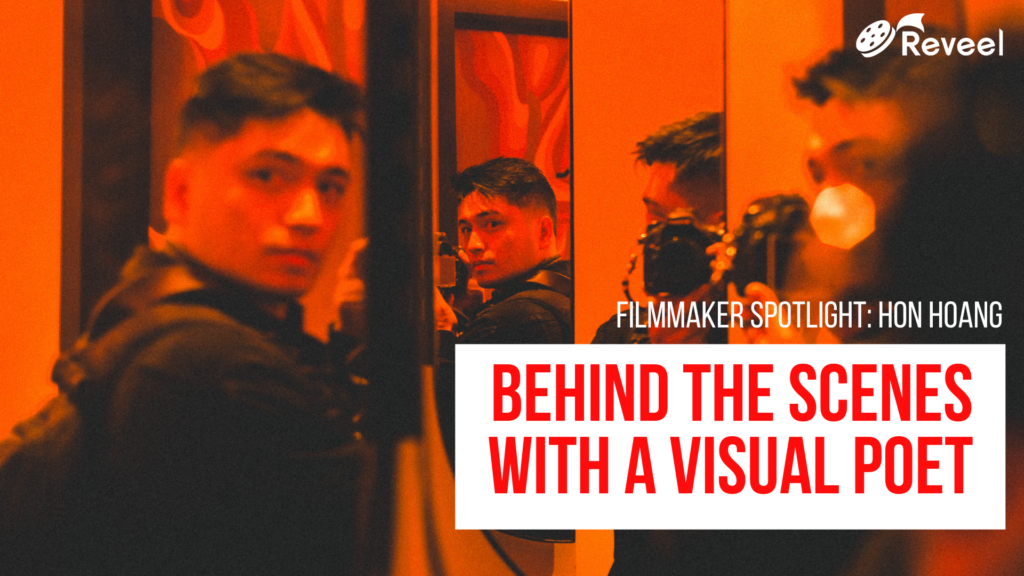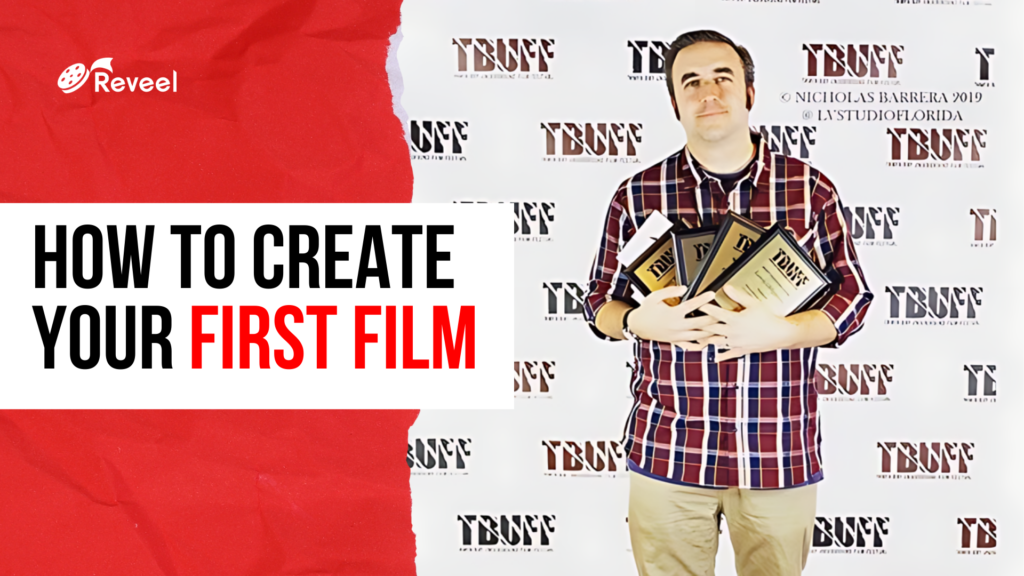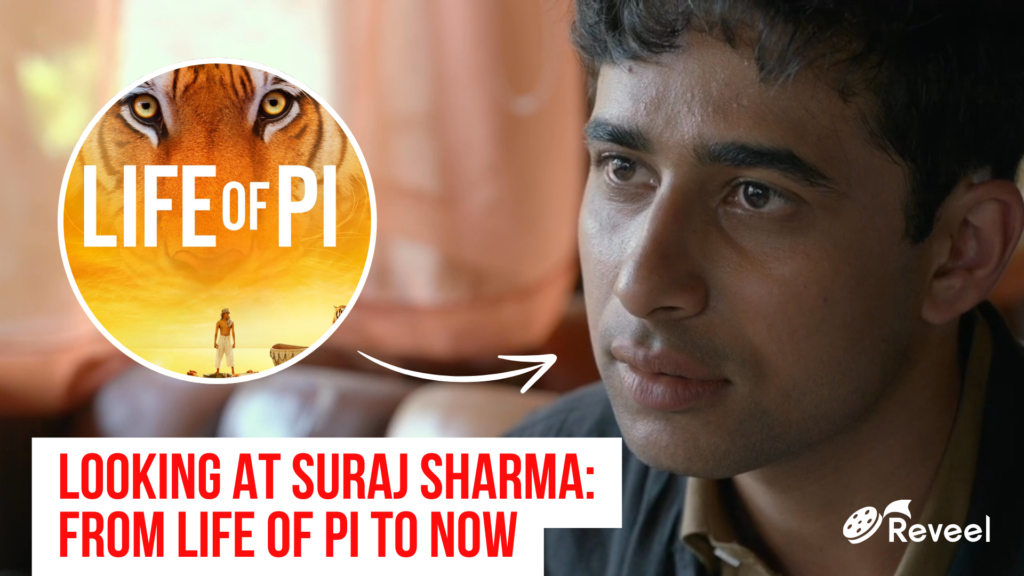Horror stories go back far beyond the creation of films, books, or literature in general. There’s a reason campfire stories have been around for centuries; people just love to be scared. And what’s more, we love to be scared together. Sharing a good scare is a bonding experience, which is likely why so many people enjoy horror movies.
The horror movie genre has evolved and changed a lot over the years, but the one constant is that audiences will always value a good scare. Today, we are going through the history of horror movies and how the genre became what it is today.
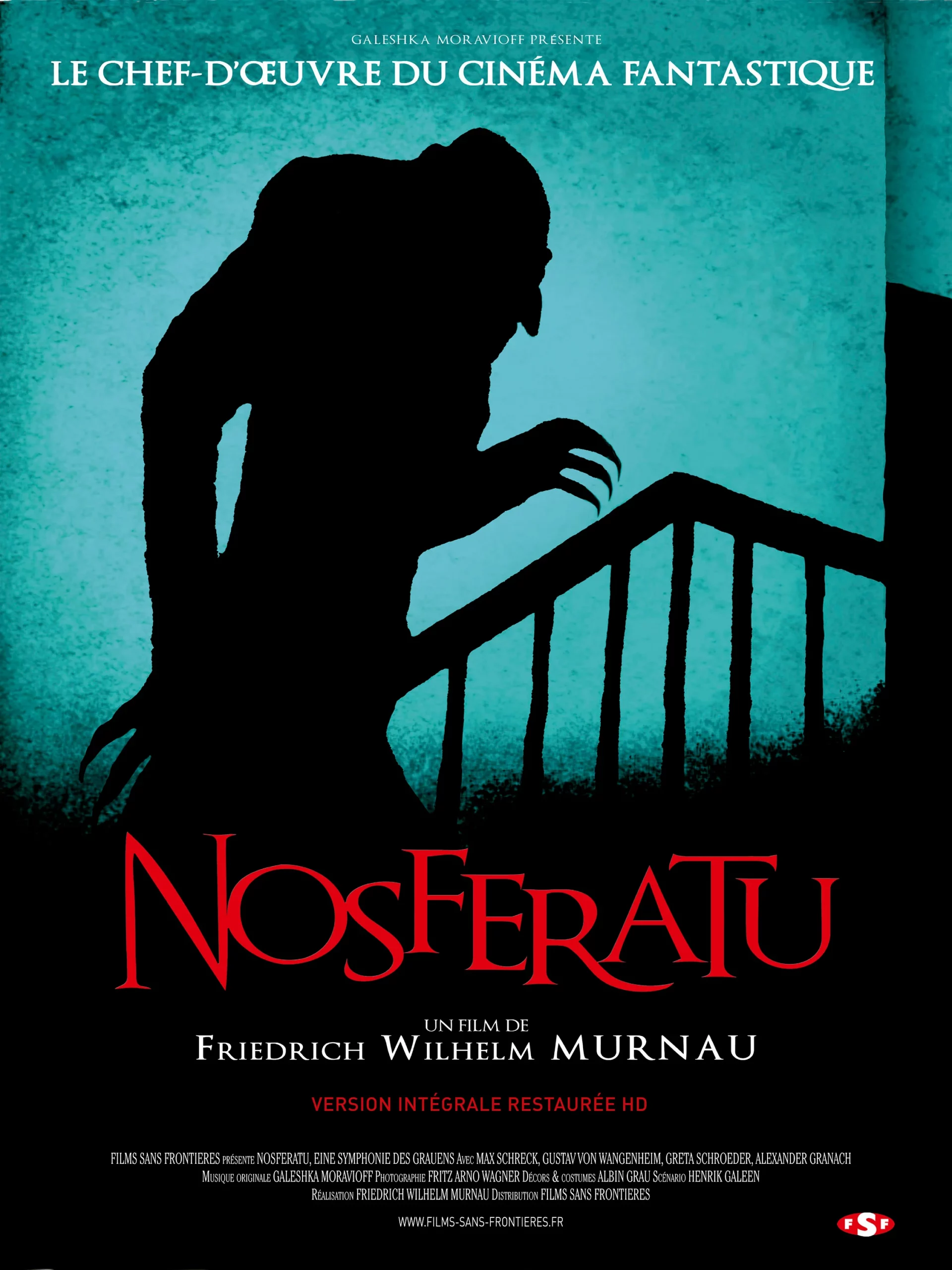
Poster for ‘Nosferatu’ in 1922
Horror in the Silent Era
Georges Méliès is known for being the first filmmaker to ever use special effects. He was one of the first filmmakers to make narratives with films and he is also considered to be the first filmmaker to ever create a horror film in 1896. Méliès is credited for creating many film techniques that are used today like the double dissolve, slow motion, and multiple exposures.
The House of the Devil was a 3-minute silent film written, directed, and shot by Georges Méliès. Of course, horror back in the 19th century was very different from what it is today. The films weren’t created to scare audiences but they were inspired by gothic literature of the time and depicted a lot of macabre imagery like skeletons, ghosts, cauldrons, and a portrayal of the devil. These simple elements may not resemble the horror movies we know but they were the building blocks for what would become the horror genre.
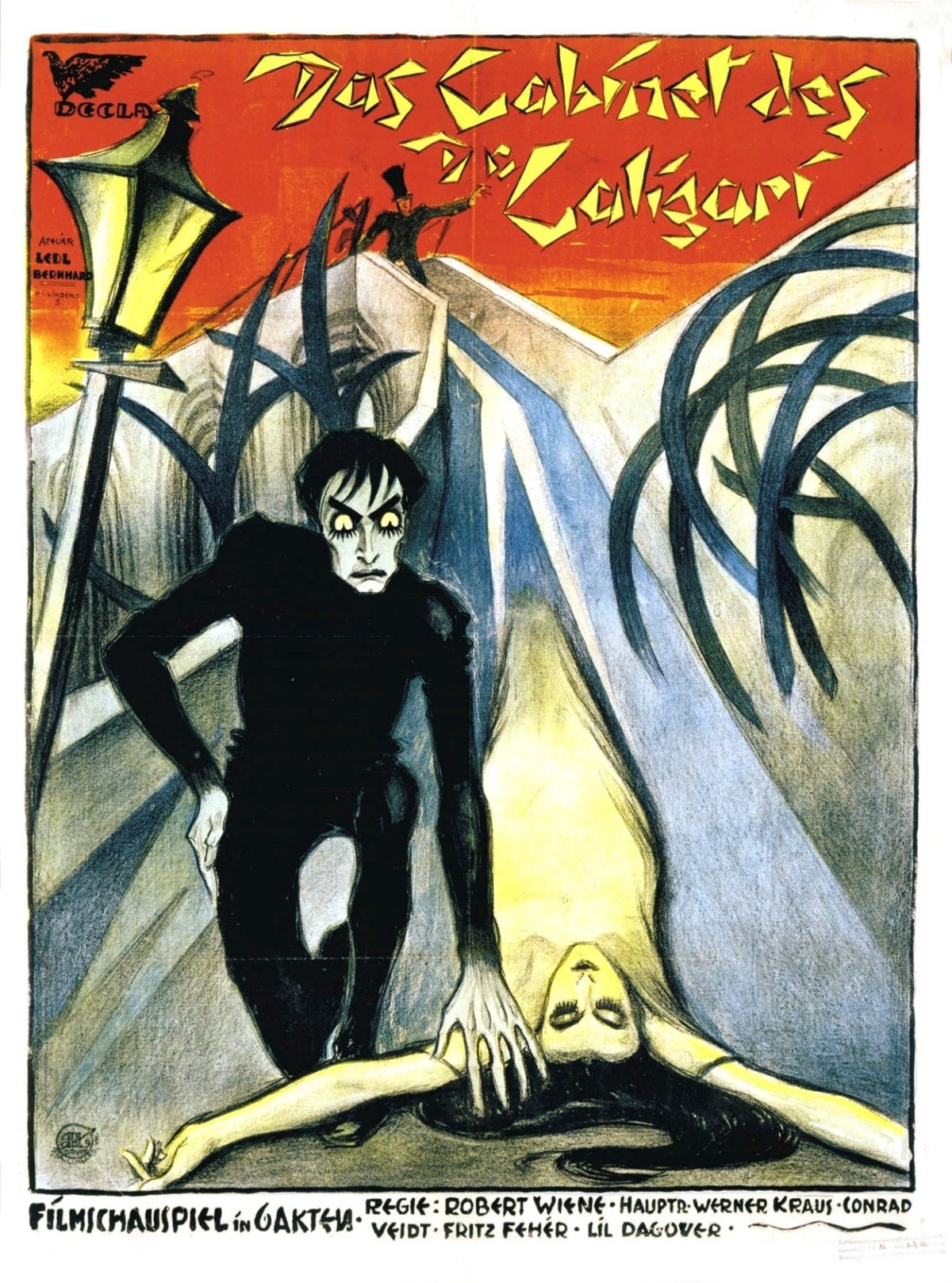
Poster for The Cabinet of Dr. Caligari in 1920
German Expressionism in Cinema After WWI
German expressionist cinema is defined as a form of visual storytelling that favors exaggerated expression over realism. During World War 1, the German Expressionist movement was restricted to Germany because imported films were banned. This caused a sharp increase in locally made films.
Audiences were more attracted to films that reflected what was happening at the time with darker themes of war, violence, and barbarity. The demand for darker imagery and the rise in expressionism within the country led to the German expressionist movement.
Some of the most influential horror films came out of the German expressionist movement like The Golem and the iconic film Nosferatu. The Cabinet of Dr. Caligari is also one of the most notable films to come out of the German expressionist movement and for many is considered to be the first horror film from a modern definition.
Even though Germany’s economy was on shaky grounds after World War 1, Germany’s film industry did very well. Due to the reparations, Germany had to pay to the Allied Powers, films were the only entertainment medium audiences felt was worth paying for. It wasn’t until The Dawes Plan would be implemented in 1925 that German cinema would be dismantled.
The Dawes Plan was a method created by the Allied Powers to salvage Germany’s economy. Unfortunately, the plan also managed to block German film exports, weakening the industry. Many film studios had to shut down and the UFA, a national motion picture production company, was almost completely dismantled.
Hollywood saw this as an opportunity to cash in on the German Expressionist movement collaborating with the UFA and bringing some of their films to the States. Paramount and MGM made a $4 million deal with the UFA to partner with them and distribute their films.
This led to many German expressionist filmmakers to create films in Hollywood and many of them stayed indefinitely. Fritz Lang, creator of Metropolis, and F.W. Murnau, cinematographer of Dracula, are two examples of German Expressionist filmmakers who found success in Hollywood.
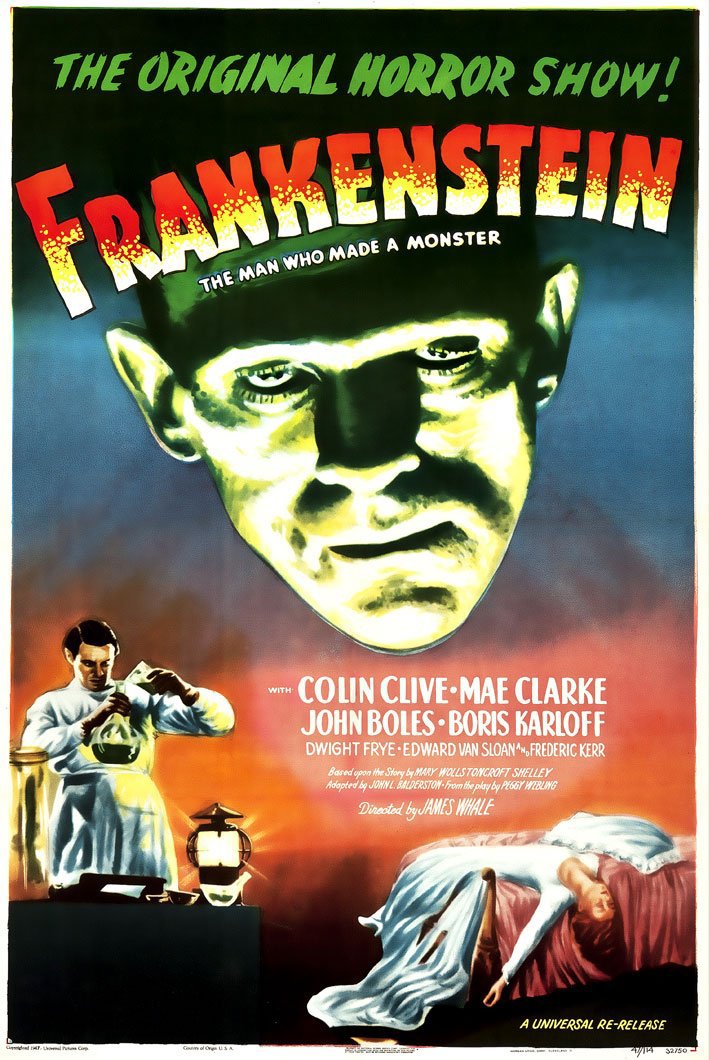
Poster for ‘Frankenstein’ in 1931
Universal Monster Horror Films in the 1930s
There is a pattern with horror films. Whenever a horror film is a hit, studios always try to recreate that success by making more films like it to the point of exhaustion. This was the case with Universal’s monster films. After the success of The Phantom of the Opera and the Hunchback of Notre Dame, Universal leaned into the horror genre more in the 1930s.
Dracula was released in 1932 and quickly gained a lot of popularity. Frankenstein was released a few months later and did just as well, if not better. The continued success of these monster films led Universal to release more films like The Mummy, The Invisible Man, and The Wolf Man.
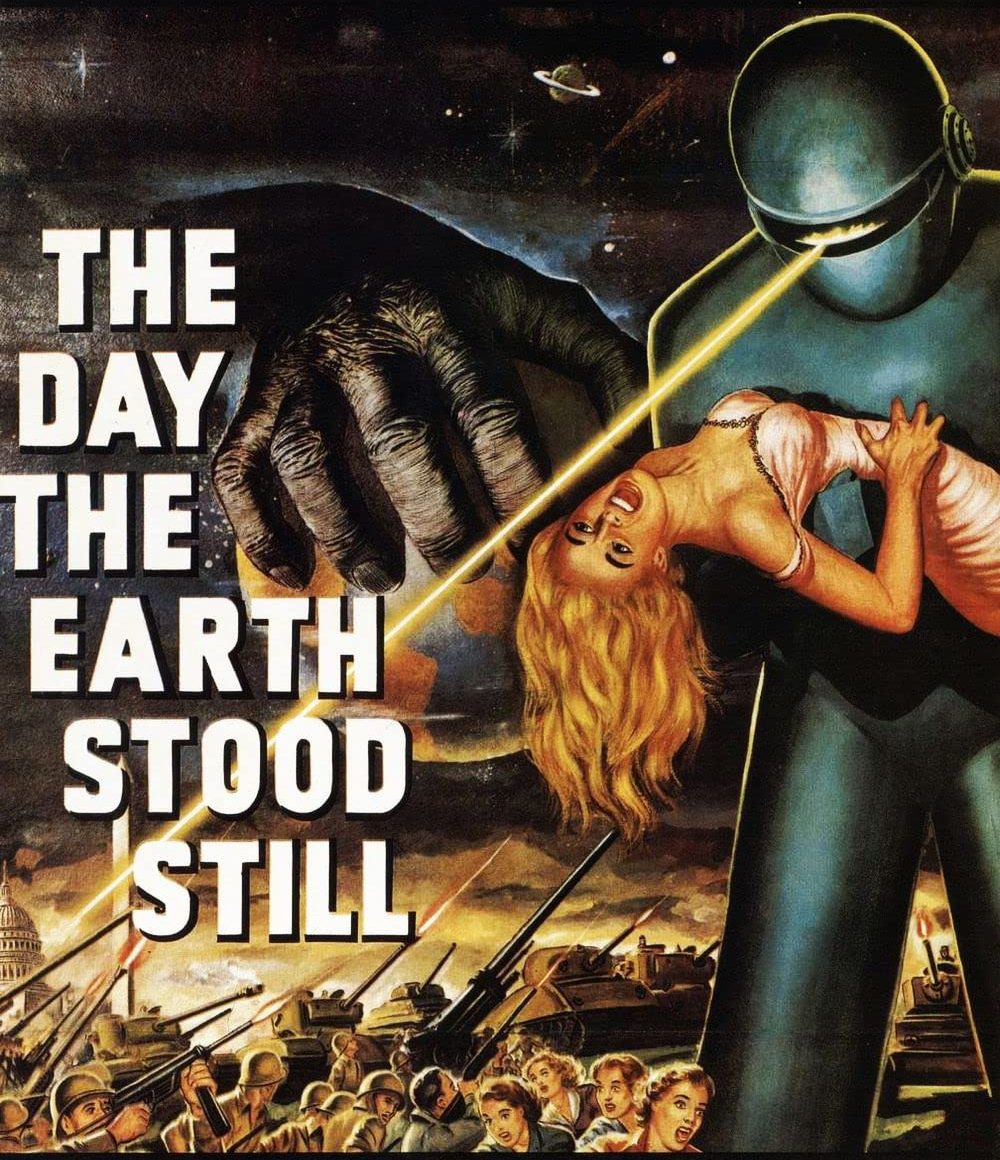
Poster for The Day The Earth Stood Still in 1951
Pulp Sci-Fi Horror Cycle
For almost thirty years, Universal dominated the horror genre. Near the end of the war, Universal had lost steam with their monster films and turned to creating corny sequels along with spinoffs that audiences weren’t really interested in.
American audiences were consumed with The Cold War and the paranoia of a nuclear war at the time. Horror films reflected this change in tone with films like The Day The Earth Stood Still and Invasion of the Body Snatchers. The trend wouldn’t last long and the Pulp Sci-Fi Horror Cycle faded out by the mid-1950s.
At the same time, the Production Code which establish guidelines for censoring films was beginning to lose influence. The Supreme Court ruled that the right to free speech applies to films in 1952. This allowed for a whole new wave of films to be created that were much less restricted to what they could and couldn’t show. The most notable film to come out of this era was Hitchcock’s Psycho which is considered by many to be one of the most important slasher films of all time.
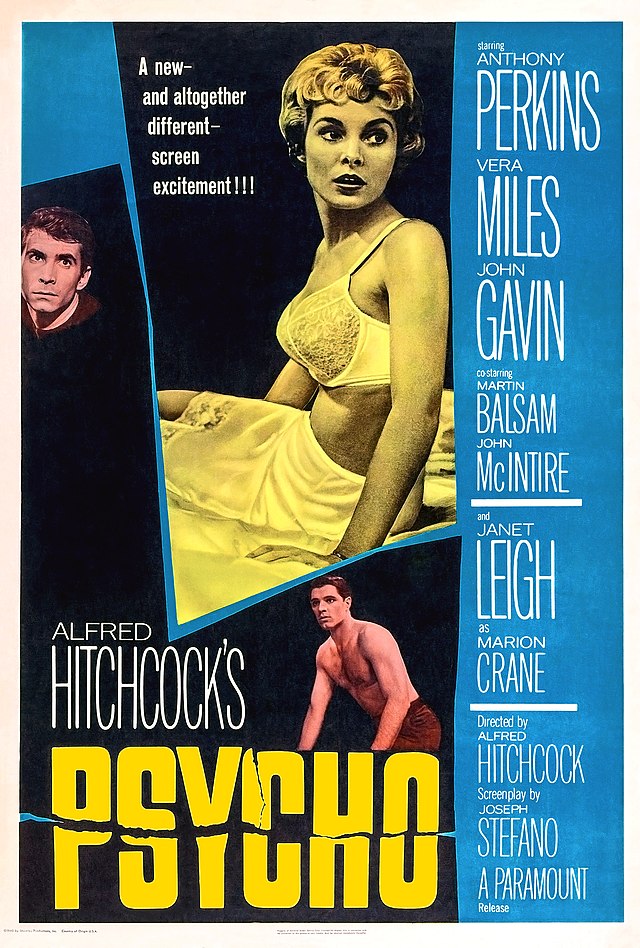
Poster for Alfred Hitchcock’s Psycho
The 1960s: A Transitional Period
Psycho was one of the films that introduced a new era for Hollywood that pushed the envelope of what was acceptable. Alfred Hitchcock’s film also broke new ground as a wildly effective horror rooted in our mundane day-to-day reality. This was a departure from the more monster-based horror films of the past.
In 1968, the Production Code was finally abandoned and replaced with the MPAA rating system. The films of the late 1960s like Rosemary’s Baby were much darker than the films before and tackled more controversial topics, which leads to the 70s.
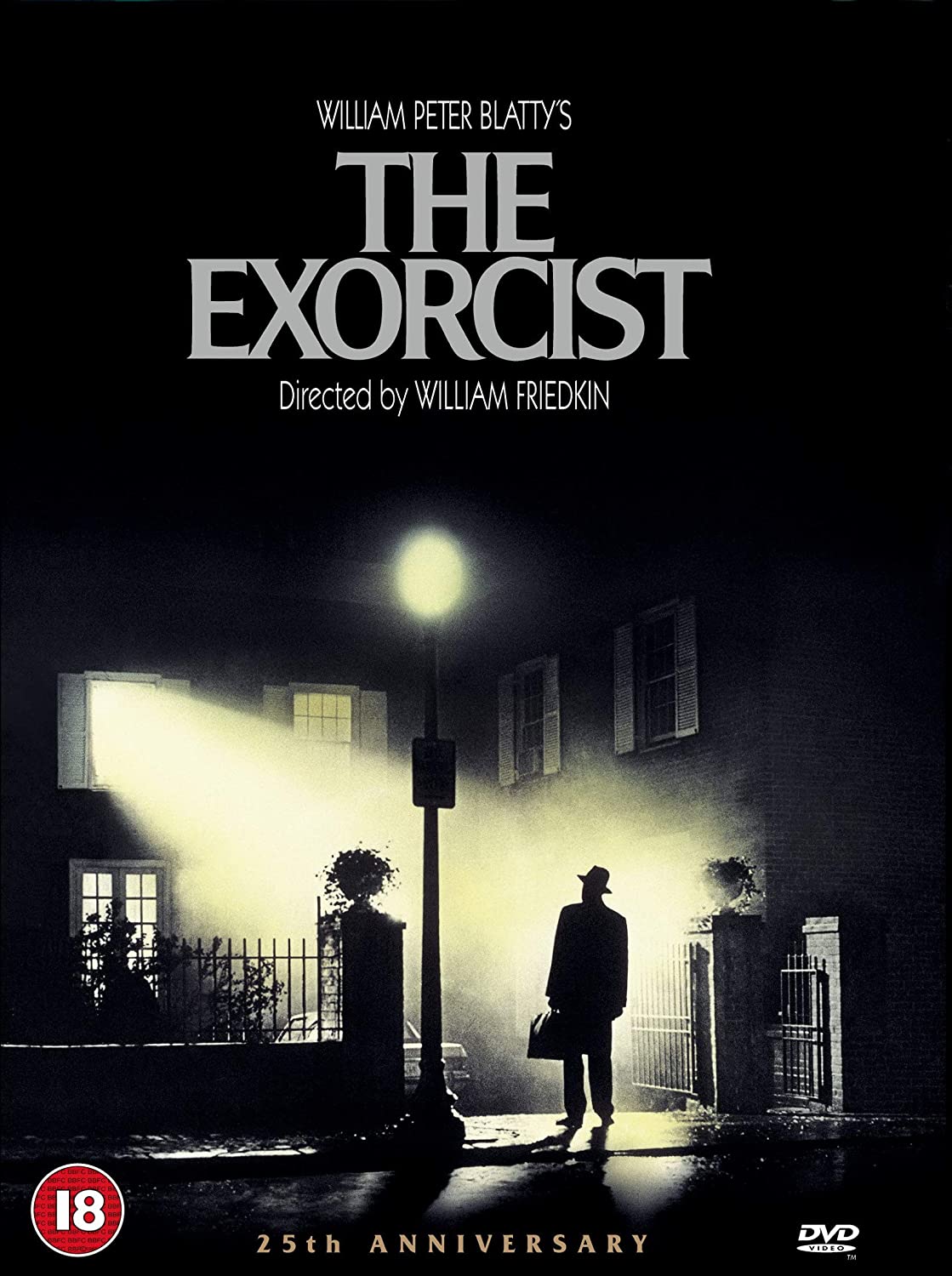
Poster for ‘The Exorcist’ in 1973
Occult Horror in the 70s
The Exorcist, directed by William Friedkin, is released in 1973 and caused a massive stir among audiences nationwide. The film was horror at a whole new level with viewers puking and fainting in the theaters. The Exorcist brought a new name to horror and re-introduced the world to supernatural horror, spawning a whole new wave of films in the genre.
From then on, a surge of new horror films took place in many different subgenres. Black Christmas and Texas Chainsaw Massacre jumpstarted the slasher film craze in 1974. Jaws began a new wave of monster films in 1975. Carrie was the first Stephen King novel to be adapted into a film. Lastly, Ridley Scott mixed horror and science fiction together to create Alien.
The horror genre took a turn in 1978 when the movie Halloween, shot on a small budget, became incredibly successful. Halloween captured the terrifying fears and thrills that come from a monster existing in mundane suburbia. The commercial success of Halloween is regarded as what led to the slasher film craze of the 80s.
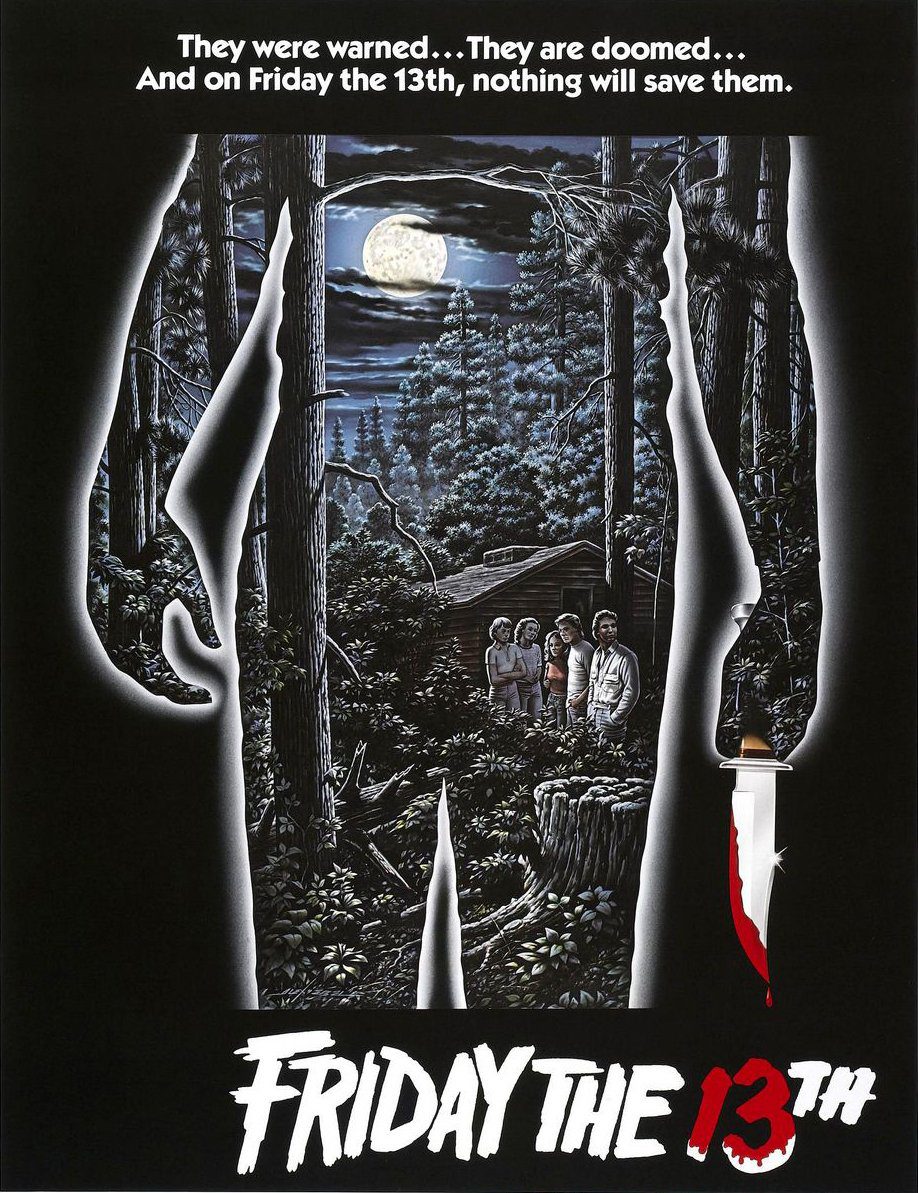
Poster for ‘Friday The 13th’ in 1980
The 80s Slasher Era
John Carpenter’s Halloween showed filmmakers that slashers could be made on a low budget and still could be wildly successful. This inspired independent filmmakers to make their own slasher movies which began the 80s slasher era. Some of the most notable slasher films to come out of this era are Friday the 13th, A Nightmare on Elm Street, and Child’s Play.
Stephen King was highly influential throughout the decade with popular adaptations of his novels The Shining, Pet Semetary, and Children of the Corn. Similar to the Universal monster films, the slasher genre began to lose its momentum in the late 80s as audiences became tired of the formulaic nature of the films. Many of the flagship slasher franchises would be on the fourth or fifth film by the late 80s, leading to an audience looking for something new.
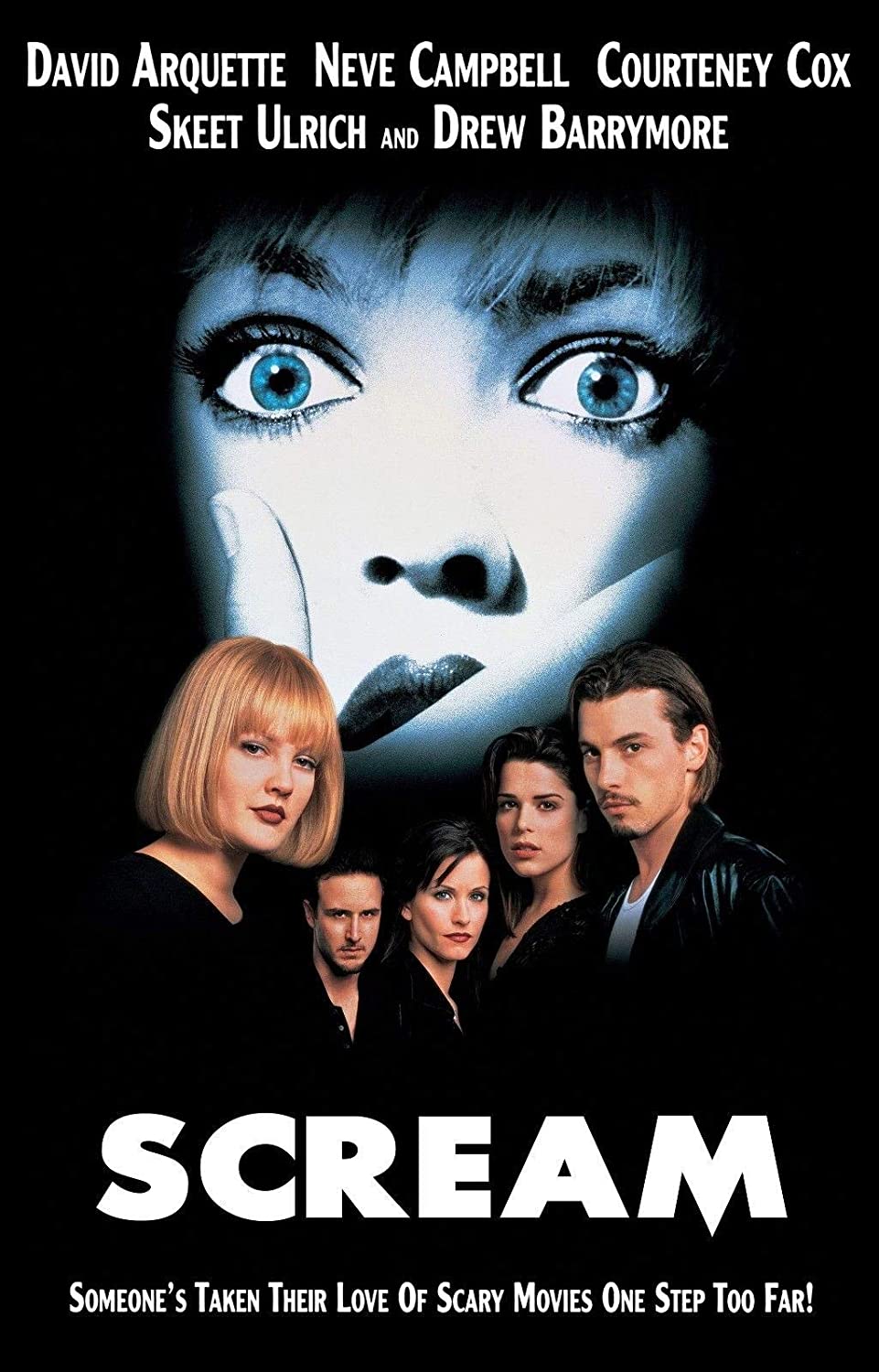
Poster for ‘Scream’ in 1996
The 1990s
Slashers were on their way out and thrillers were on their way in. Henry: Portrait of a Serial Killer, Silence of the Lambs, and Se7en had a different type of horror. These films were much more psychological and focused on the mental state of the killers. This was in contrast to the more supernatural killers of the past or the mute slashers that simply hacked their way through a cast.
The horror genre takes a backseat for most of the decade until Wes Craven revitalized the genre with Scream (1996). Scream simultaneously poked fun at the formulaic horror slashers while still delivering scares. This would start a new era for horror that is aware of its tropes and history. The 90s was a huge decade for films with Jurassic Park and The Matrix being released, but The Blair Witch Project in 1999 would create a new genre in the film industry.
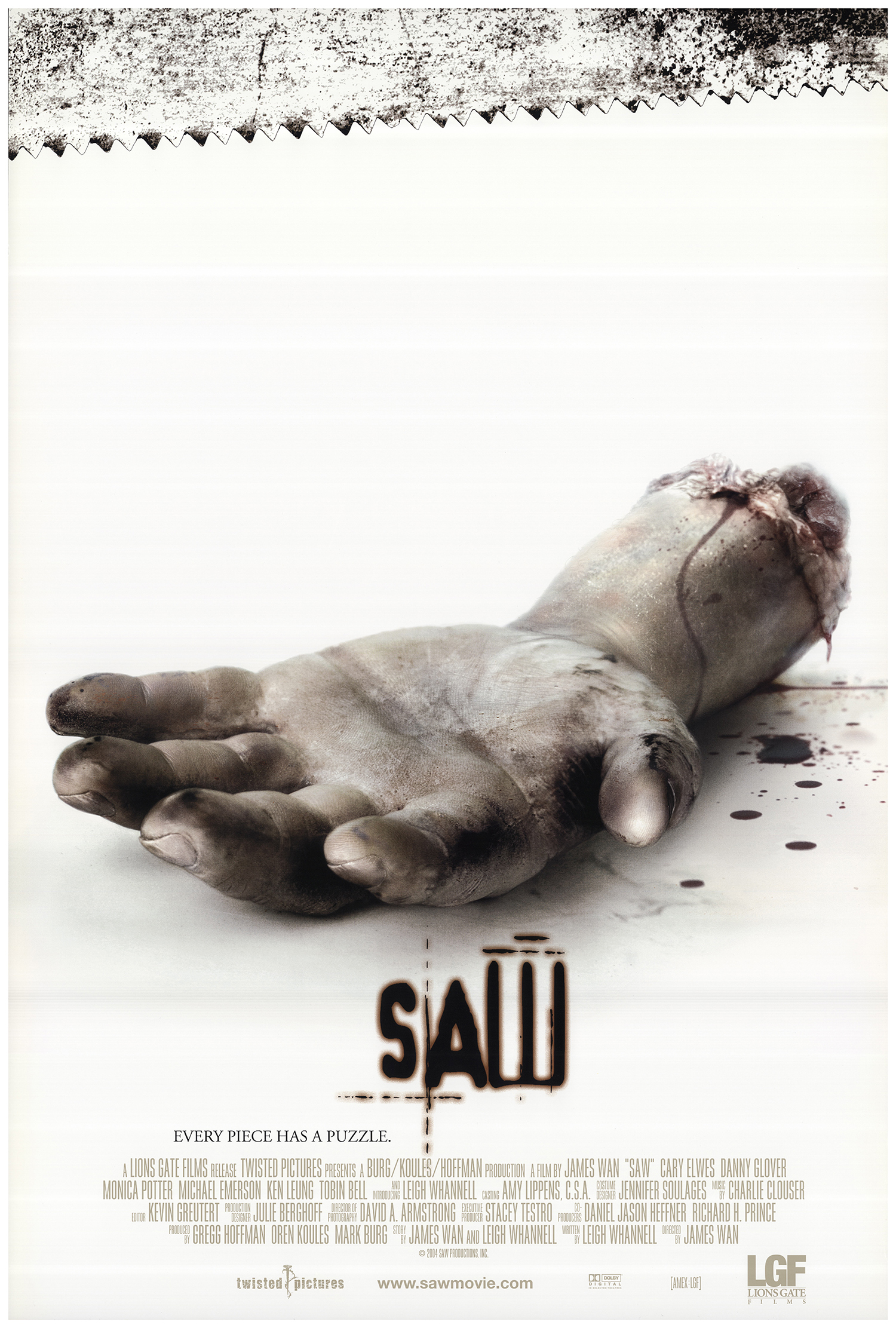
Poster for ‘Saw’ in 2004
The 2000s: Found Footage, Gore, and Reboots
Coming off of the success of Scream and its sequels, studios decided to reboot their classic 80s film franchises to cash in on the nostalgia. The Texas Chainsaw Massacre, Halloween, Friday The 13th, Prom Night, and others were remade for the 2000s audience. Found footage films also had a presence in the 2000s. Paranormal Activity used found footage to create unique supernatural horror and Cloverfield used it for the science fiction genre.
Saw was released in 2004 and with it came a new genre of gore horror. Otherwise known as the torture porn subgenre, the films would be very prevalent in the 2000s with the Saw franchise, Hostel, and The Human Centipede. The zombie apocalypse genre would also gain momentum in the 2000s with the release of 28 Days Later and I Am Legend.
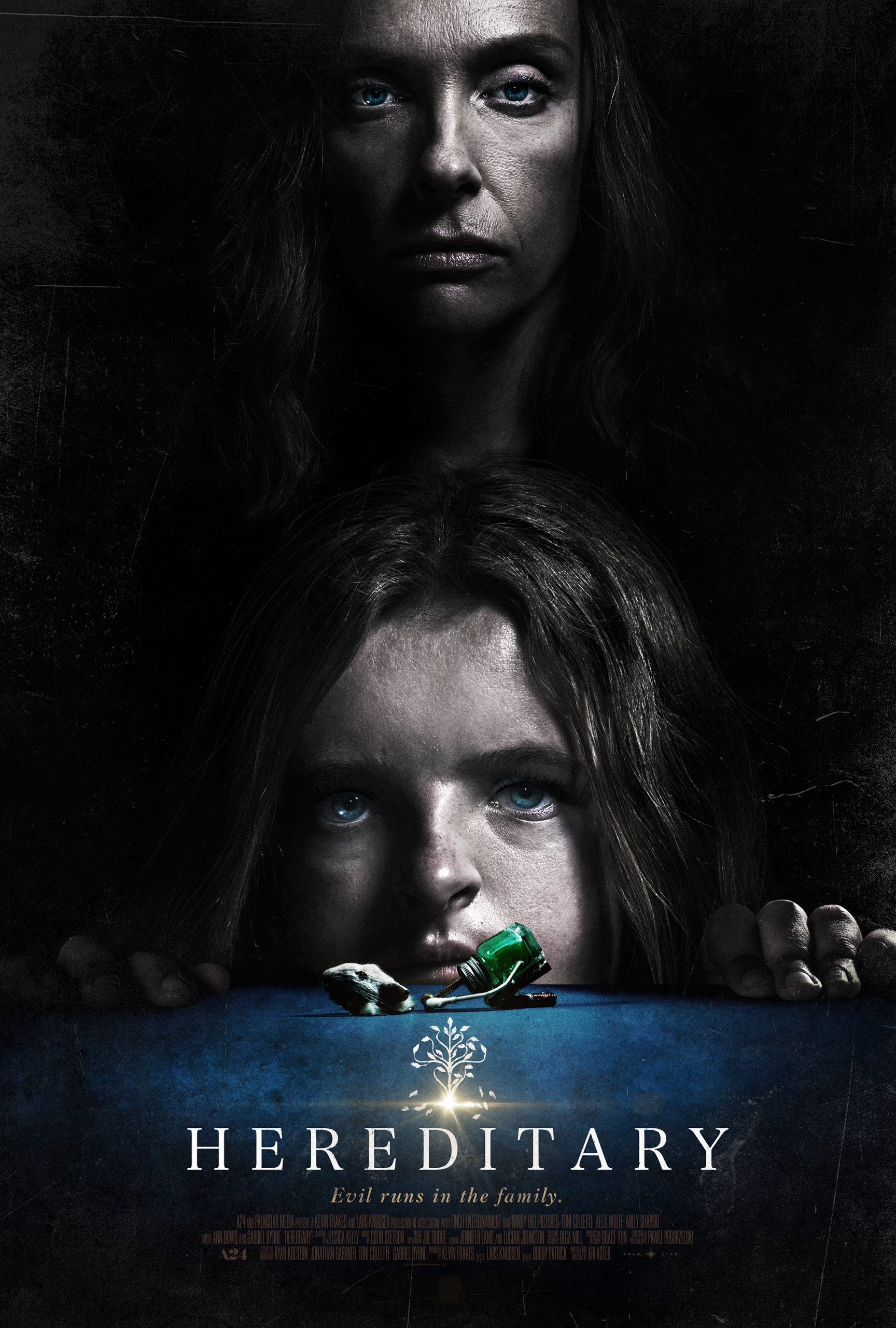
Poster for ‘Hereditary’ in 2018
Present Day
Horror has a long history in the film industry and modern-day audiences are aware of this. Classic horror films are no longer effective, and more popular now are subversive horror films that use classic horror expectations to surprise the audience.
There is also a lot more competition for horror content nowadays. Independent filmmakers are releasing horror content online through YouTube or a streaming service giving audiences many choices as to where to get their horror fix.
Audiences are looking for horror films that can do more than just scare them. This has led to a new genre of horror called highbrow horror that pushes the envelope of horror and the creative potential of the genre.
A24 and Blumhouse Studios are two independent production companies that have fully invested in highbrow horror. A24 has produced films like Hereditary, The Witch, and Midsommar while Blumhouse Studios has produced Get Out and Us.
Film studios are still releasing sequels to their most popular horror film franchises. Halloween and Scream have gotten more sequels in the 2010s with more being in development.
There is an insatiable thirst for horror among audiences and Hollywood alone has not been able to meet the demand, which is why independent horror films have become so popular in the modern era. Until Hollywood can let go of its sequels and reboots, independent horror will continue to lead the way in terms of creativity and innovation.
Experience Modern Independent Horror Films with Reveel’s Fright Fest
The Reveel Fright Fest is a virtual film festival that the streaming platform is holding from October 21st – 31st. The Fright Fest has plenty of playlists full of independent horror films including the feature films Along Came The Devil Part 1 starring Sydney Sweeney and The Attic starring Elisabeth Moss. Find out more about the Reveel Fright Fest and all of the films in the event here.











